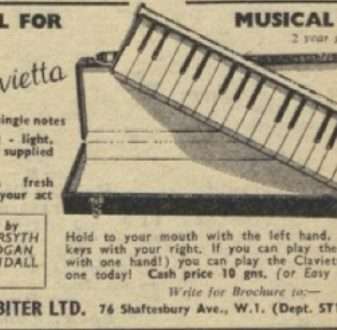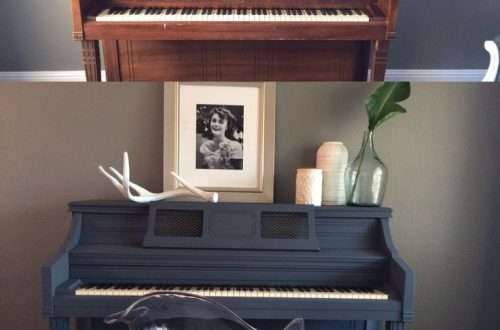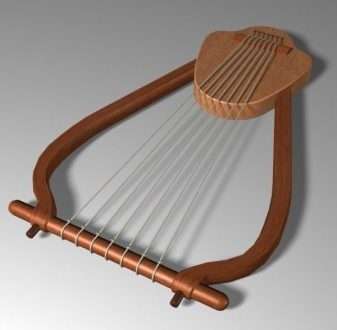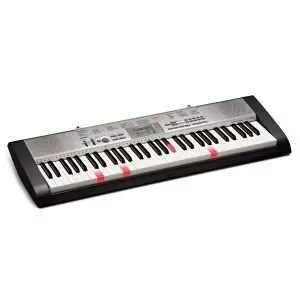
How to learn to play the guitar
Contents
Someone else as a child is assigned by parents to a music school in the guitar class. Others come to the passion for this instrument gradually – through listening to their favorite tracks and the desire to play like Jimi Hendrix or Eric Clapton.
When you decide exactly what you want to learn to play the guitar, you can move on to solving more specific issues.
More about training
No virtuoso was born that way. Everything you see at a concert, in a music video, you hear in music recordings is the fruit of hard work, long studies and training, and only then – talent. Even a person with the most musical ear cannot succeed without a technique. Conversely, through a purposeful sequence of actions, a good guitarist can turn out to be someone who is said to have “a bear stepped on his ear.” Remember the main thing – if you have ears, then you have hearing. Well, for the game, a tool and two hands are enough.
How to learn to play the guitar
In learning to play the guitar, the system you use plays a big role. Don’t be afraid of this word. The system is not a chain of equations that are used to interpret sound vibrations. It is simply a more or less strict periodicity of actions performed with a specific purpose. For example, if you devote at least 40 minutes to the guitar every day, this is already a system. In the end, this will give a better result than if you sat down at the instrument for three hours, but once a week. Therefore, before you start playing guitar from scratch, decide what you need it for. Motivation is a great thing, it works wonders. At the same time, you can purchase a guitar tutorial for learning at home or take guitar lessons from an experienced person.
Pro Tips
Experienced guitarists, many of whom have reached the world level, are always ready to share their authoritative opinion. Many of them started out self-taught, went the wrong way, got a lot of bumps, and already on the basis of this experience they recommend beginners not to repeat the mistakes of others. Most guitar masters agree that a beginner should:
- Go from simple to complex, do not rush into a complex piece, learning it for weeks.
- To hone not only the technique itself, but also its application in musical works.
- Do not be arrogant and do not consider yourself cool – after all, any child of the second grade of a music school at the time of the beginning knows and knows more than you.
- Listening and thinking is the only way to become a real guitarist, and not just a performer of other people’s songs who has learned chords and tablature.
Here are a couple of valuable tips from the pros:
Andy McKee : Pick up the tune by ear. Now on the Internet you can find an analysis of any work, but this will not make you stronger as a musician.
Tom Morello : The main thing is regularity. Don’t let yourself miss classes, even if you have a lot of important things to do. It is very difficult, because it is always easier to agree with oneself than with others.
Steve Vai : Speed is good, it’s technical. But you won’t get far at one speed. Work on all aspects of the game.
Joe Satriani : Be sure to study new works, listen to unfamiliar compositions, develop. Repetition of the old is useful only up to a certain point.
Basic tricks
There are some general principles and schemes, without the assimilation of which it will not be possible to move on. Sooner or later, incorrect finger placement, instrument position, or incorrect technique will slow down your development. And relearning is always harder than learning for the first time. Among the basic techniques that are mandatory for learning by a novice guitarist, it is worth highlighting:
- guitar position. There is a classic landing and its simplified mass variation . The first must be studied if you plan to perform classical works and complex solo parts. Simplified is common among almost all performers of popular music, regardless of genre.
- The position of the right and left hand. It depends on how easily and quickly the student will be able to master various techniques of playing and sound production. It is very important that the position of the hands does not allow fatigue to accumulate quickly.
- Chord s and barre. A chord is the extraction of several notes by pinching the strings with the left hand on the fretboard in the right places. Some of the most difficult chords involve performing the barre technique – when the index finger pinches all the strings on the same fret , and the rest are located at several adjacent points to the right of the fretboard .

fighting game
Striking the guitar involves special movements of the left hand – hitting the strings from top to bottom or from bottom to top. It is applied with a mediator or with several fingers of a half-bent fret . When moving down, the pads and nails are involved, with the return movement, the inside of the first phalanges.
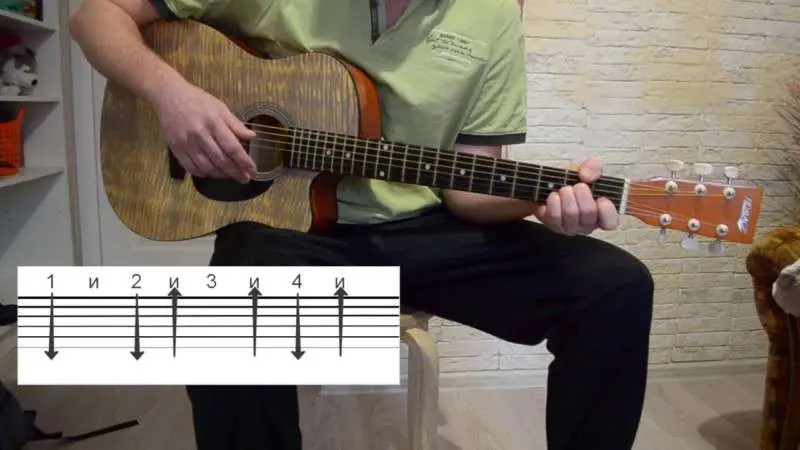
In order to place the palm correctly, they play on open strings. Pressing the s chord in this case will be redundant – it will only distract you. To muffle the sound, you can simply loosely place a few fingers of your left hand on top of the strings on the fretboard .
When you master the basic fight, you can move on to rhythmic patterns – combinations of up and down movements. It is better to memorize them by combining a graphical representation with the help of arrows with listening to examples.
Playing chords
Chords are the cornerstone of interesting play on both acoustic and electric guitars. To learn how to play an ami chord , give all your attention to your left hand. The right hand can play the simplest beat so that you can memorize the chord by ear, getting used to its sound.
The desired arrangement of fingers when taking a chord a is called fingering. Each chord can be played in different fingerings, this changes the pitch of its sound. Schematic drawings of the fretboard a, on which dots indicate the clamped strings, are best suited for studying chords .
Busts
When playing by brute force, it is necessary to carry out the correct setting of the right hand – it should lightly touch the body of the guitar so as not to hang in the air, but be as free as possible in the wrist joint.

The main rule when studying any brute-force patterns is slow execution in the first minutes with a gradual increase in tempo .
Guitar device and tuning
To make it easier to navigate in specialized literature, a beginner needs to immediately learn the names of all the functional elements of the guitar. These include:
- body (consists of lower and upper decks and shells);
- neck with a head;
- frets and sills;
- mechanisms for fastening and tensioning strings – string holder , nut, tuning pegs .

Guitar tuning should precede any exercise. Learn to tune your guitar by ear. The first string, held at the fifth fret , must be tuned to the note la of the first octave. To check, it is better to use a tuning fork. Then go up the strings: the second on the fifth fret sounds like the first open, the third on the fourth corresponds to the second open, the next three strings are also clamped on the fifth fret to sound in one note with the previous open.
Use digital tuners to test yourself .
Choosing and buying a guitar
To learn how to play, do not be greedy and buy a normal acoustic guitar. On it you will understand what you want in the future and work out all the necessary skills. Acoustics does not require anything but hands and desire, unlike an electric guitar, which requires a minimum of a cord and a reproducing device (a computer with a normal sound card and speaker system, a guitar combo amplifier ).
At the first purchase, it is better to enlist the support of an experienced person – a friend, colleague, like-minded person from the forum, a music school teacher.
Conclusion
“Patience and work will grind everything” – no matter how trite this phrase sounds, it fully describes the main characteristic of successful guitar learning. Move forward methodically, and sooner or later you yourself will feel success.



